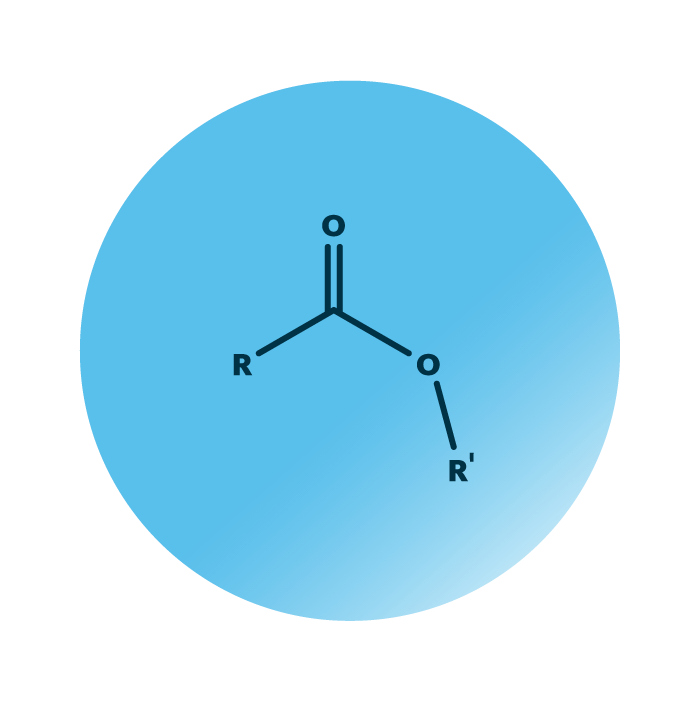Structure. Fatty acyls are one of the eight categories of lipids and contain tens of thousands of lipid species. All of these feature a similar molecular structure: they consist of a hydrocarbon chain with a carboxyl group. The carboxyl group can be linked to a diverse range of substituents, the hydrocarbon chain can be equally diverse, containing double bonds, featuring further substituents, be of variable length and branched or linear.
Function. Fatty acyls are common to all living organisms. Depending on the type of organism, the fatty acyl compositions vary greatly. Fatty acids are the most prominent type of fatty acyls. They are major building blocks of complex lipids but also serve as the main fuel for cellular energy, and impact further biological processes. Fatty amides are a diverse group of fatty acyls mostly related to signaling functions.
Fatty esters serve many roles: from storage compounds and signaling to the oxidative metabolism of fatty acids. Octadecanoids, eicosanoids, docosanoids, and further lipid groups are collectively termed oxylipins. They are most-known for their role in pro-inflammatory processes as well as resolution of inflammation, oxidative stress, and the immune system.



